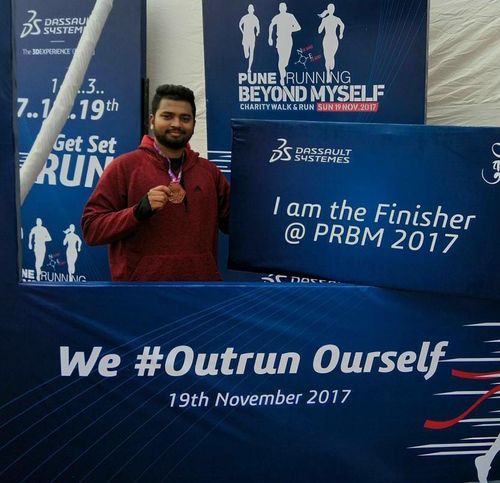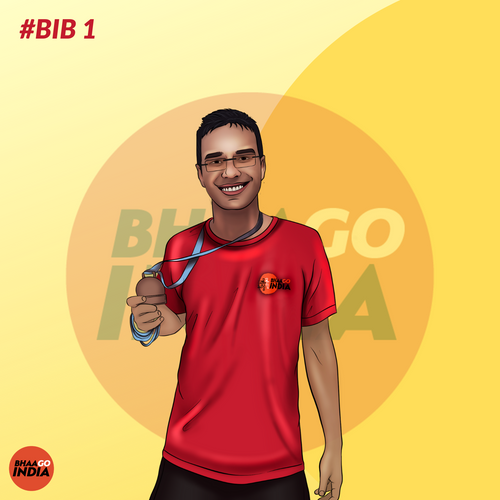
Understanding Good Running Mechanics
You might have heard of many coaches making amateur athletes spend a profuse amount of time learning proper technique. Footballers practice day in and day out to bend it like Beckham when it comes to free kicks. Honing that kick from the penalty spot or achieving an efficient swim stroke requires a lot of time and effort on the mechanics of the sport. Running is no different.
There are many aspects of training that can be improvised to increase the efficiency of one's long-distance running. The primacy of learning what your foot and body are supposed to do is one aspect that is of great substance. Regardless of the footwear, paying attention to your body mechanics paves way for greater efficiency in running.
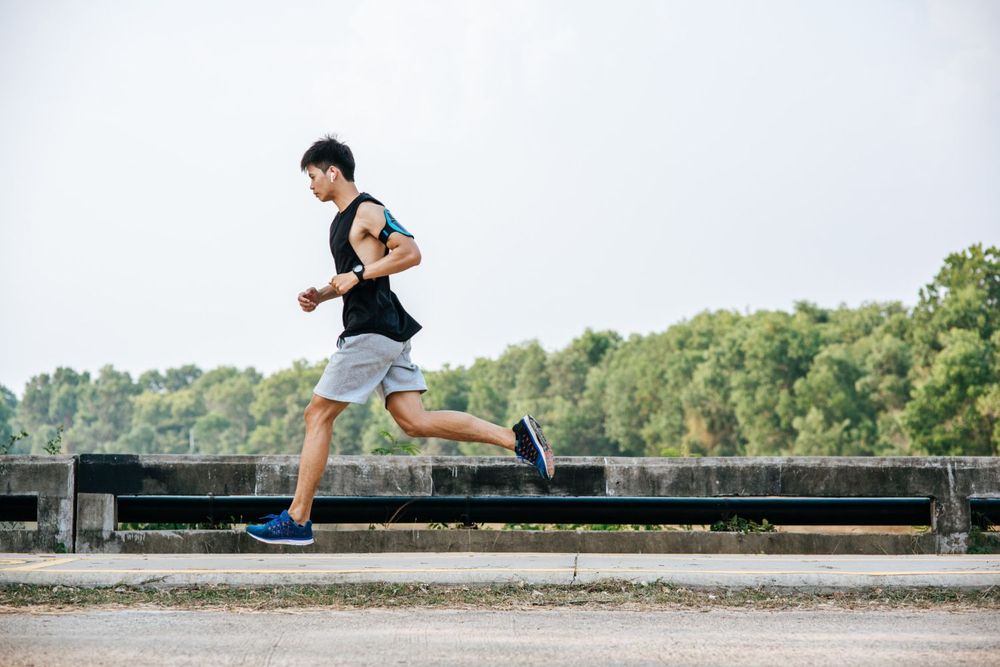
Posture
Posture while running plays a vital role as deviation from the ideal position results in greater stress on the structures that work to maintain it. Being upright, standing tall and gazing forward with the body leaning slightly forward from the ankle is the apt posture for running. Keeping your body in alignment by maintaining a whole forward lean helps you increase forward momentum for minimal effort.
Bending at the waist is a common error in amateur running that does not engage gravity to be used to one's advantage.
Arm Swing
A compact arm swing helps in the conservation of energy while running. Short and relaxed movement of the arm with the elbow not extending in front of the waist is the preferred movement (Extension is required for sprinting). Arms pumping back and recovering forward without swaying from side to side propels you forward burning as little energy as possible.
Footstrike
One topic whose ideal method is vague is footstrike - how and where your foot hits the ground. There are three distinctively different styles - heel-striking, midfoot-striking and running on your toes, and then there is forefoot running. Heel-striking is characteristic of slow cadence and has a huge force impact right after the foot hits the ground which adds up as you run more. To add to one's worries, heel-striking results in "braking" with every stride decelerating your momentum. Midfoot-striking is the forefoot and the heel touching the ground simultaneously. In this style, you face consistency issues and excessive knee load with slight "braking". Pushing from the toes can lead to shin, calf and ankle injuries. Hence the most suitable style is forefoot running. It is in accordance with shorter strides and longer cadence reducing knee load and increasing running efficiency.
In forefoot running, individual land on his forefoot first and subsequently the whole foot reducing drastically the strain on the foot.

Cadence
Running cadence is basically the number of steps you take per minute while running. An individual's height, weight, and stride length usually determine one's optimal cadence. "180 cadence" is the optimum cadence generally. A number of studies have suggested that a faster cadence helps in preventing injuries to an extent as it reduces the exposure of tendons and ligaments to an excessive amount of load. There are many ways to calculate one's cadence; one is counting the number of steps taken by one leg in 20 seconds and multiplying it six times.
Running to a song that has beats in sync with the cadence you want to achieve is a valuable tip to start off with.
Taking lessons to learn or improve running technique is a must at any part of your running career. With age, the body tends to have different needs and different techniques have to be incorporated to continue to perform at the highest level. Improved running techniques will help you feel better, get injured less and finally run a lot faster!
Running as a sport in India does not have a core community that can help new runners to expand their knowledge base and master it. Bhaago India platform helps runners of all levels come together and build a core community to provide a one-stop solution to all the challenges that runners face.
Suggested Reads
More stories you might enjoy
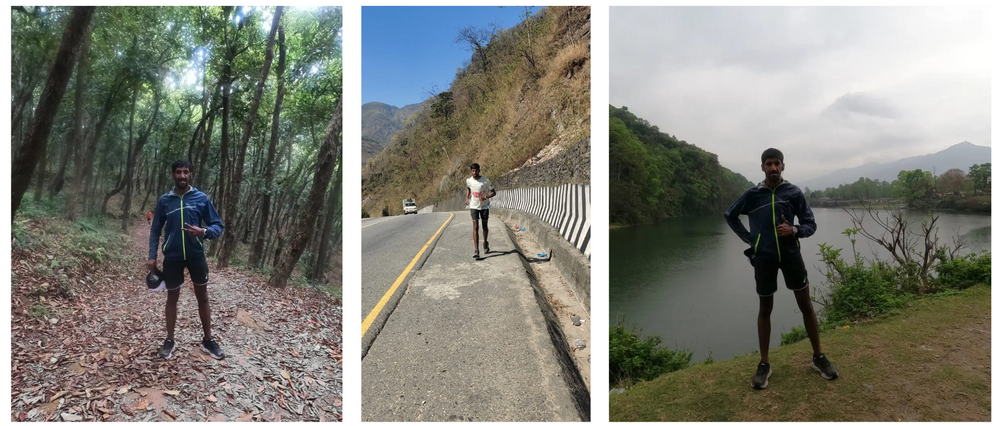
Conquering the Impossible: My Journey of Running 10,000km in 119 Days
Vishak Krishnaswamy, the unstoppable ultra-runner from India, embarks on an extraordinary quest: running 10,000km in just 119 days.

An inspirational tale of the unstoppable runner! - Vishak Krishnaswamy
With true passion and dedication, Vishak Krishnaswamy runs the heights of distance and consecutive 62 days of Marathon distance!
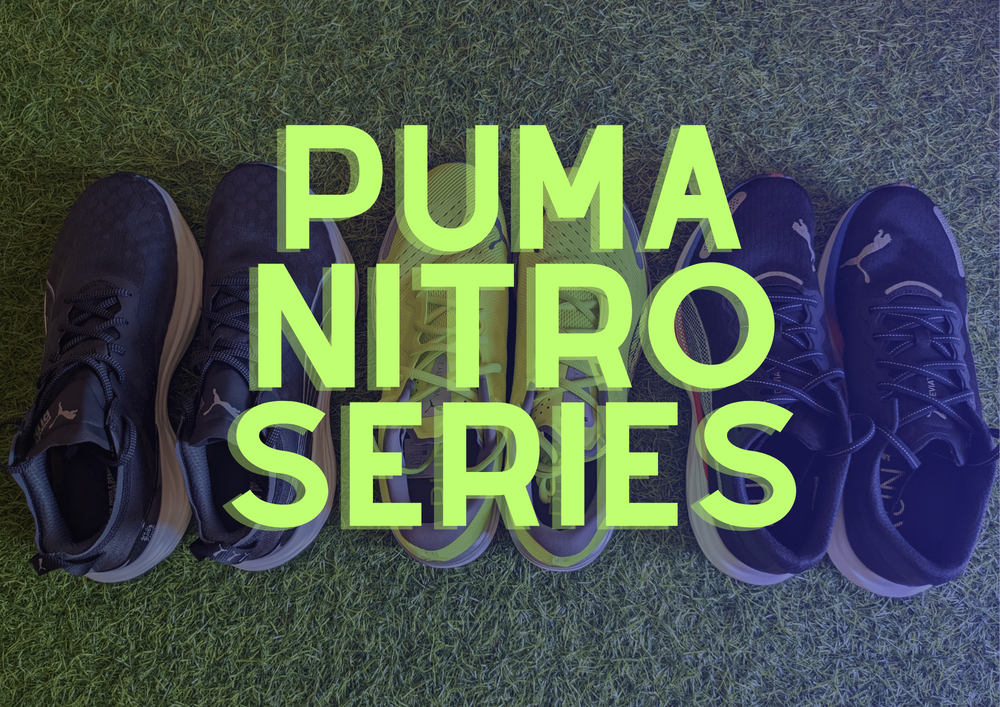
Top 3 Nitro Series Running Shoes by Puma
Puma has been a underdog when it comes to running shoes for long-distance runners but with Nitro Series, the landscape has changed.

